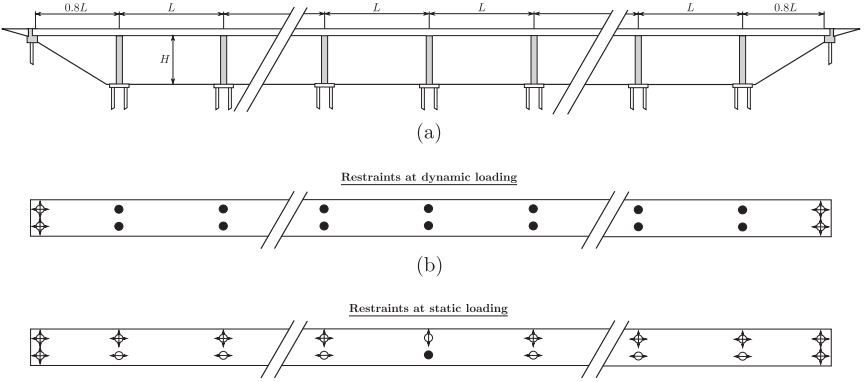Últimas investigaciones:
Proyecto de investigación co-edu: Competencias transversales desde la EIIC para su ecosistema social11 Dic 2022
Carreteras sostenibles con geomateriales volcánicos
28 Jul 2022
Competencias transversales desde la EIIC para su ecosistema social
1 Jun 2022
Groundwater Quality Assessment in a Volcanic Mountain Range (South of Gran Canaria Island, Spain)
11 Abr 2019
Different boron rejection behavior in two RO membranes installed in the same full-scale SWRO desalination plant
1 Ene 2019
Ir a investigación

30 Dic 2019
Benefits of inclined pile foundations in earthquake resistant design of bridges
A B S T R A C TThis paper studies the effects of the use of inclined pile foundations on the seismic response of bridges, andshows that this type of foundation is able to promote significant reductions in the ductility demand of reinforcedconcrete piers. To this end, a set of nine multi-span roadway viaducts with different pier heights and span lengthsis defined. Each configuration is designed and dimensioned in detail following a displacement-based approach, considering both linear and non-linear expected behaviours and assuming different target ductilities for piers.
The systems are assumed to be founded on a specific soil profile, and suitable pile foundation layouts anddimensions are determined for each case, with four different pile rake angles (including the vertical case) in each configuration. Soil-structure interaction phenomena are incorporated through the corresponding frequencydependent impedance functions and kinematic interaction factors. The transverse response of the viaducts, subject to a set of seven suitable scaled real accelerograms, is computed and analysed making use of a substructuring approach and non-linear time-domain analysis in which a lumped parameter model is adopted to represent the foundation response. Results, presented not only in terms of ductility demand but also of energy dissipated in the structural system by damping or by yielding, suggest that inclined piles are clearly beneficial tothe seismic response of bridges, contributing to significant reductions in ductility demand due to the particular kinematic seismic response of this type of foundations and associated reductions in the input seismic energy to the system.